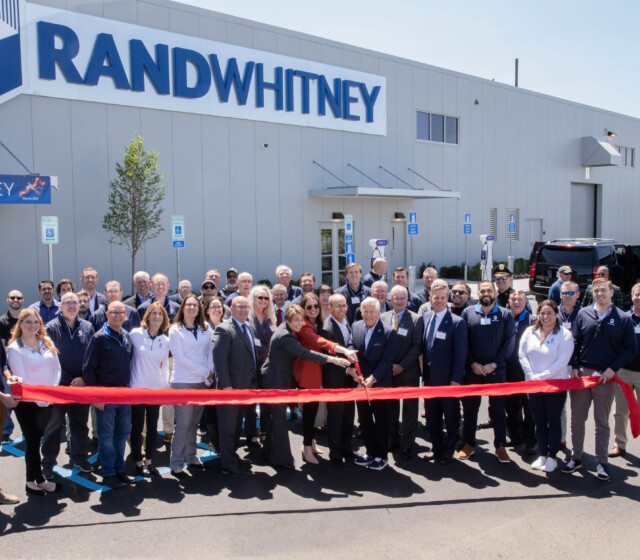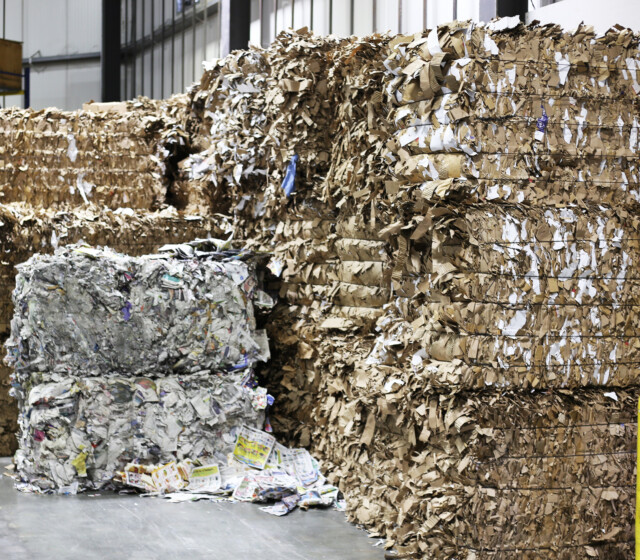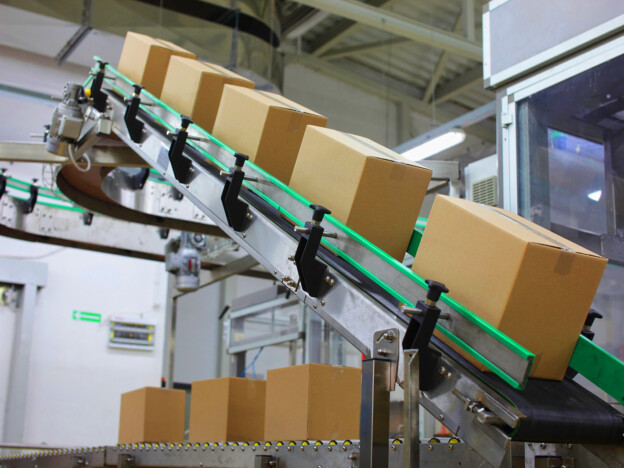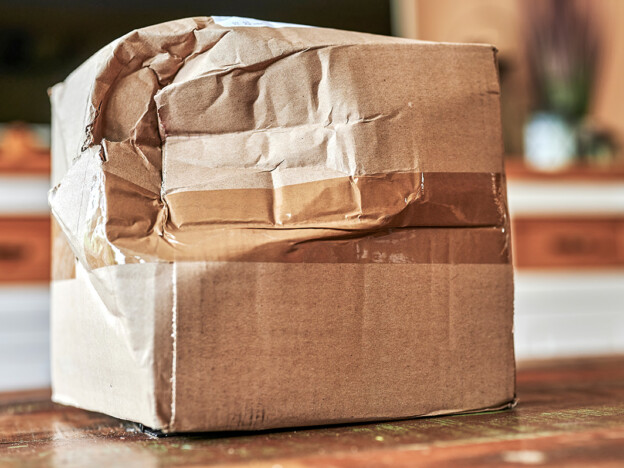Optimizing Your Supply Chain with Efficient Packaging Choices
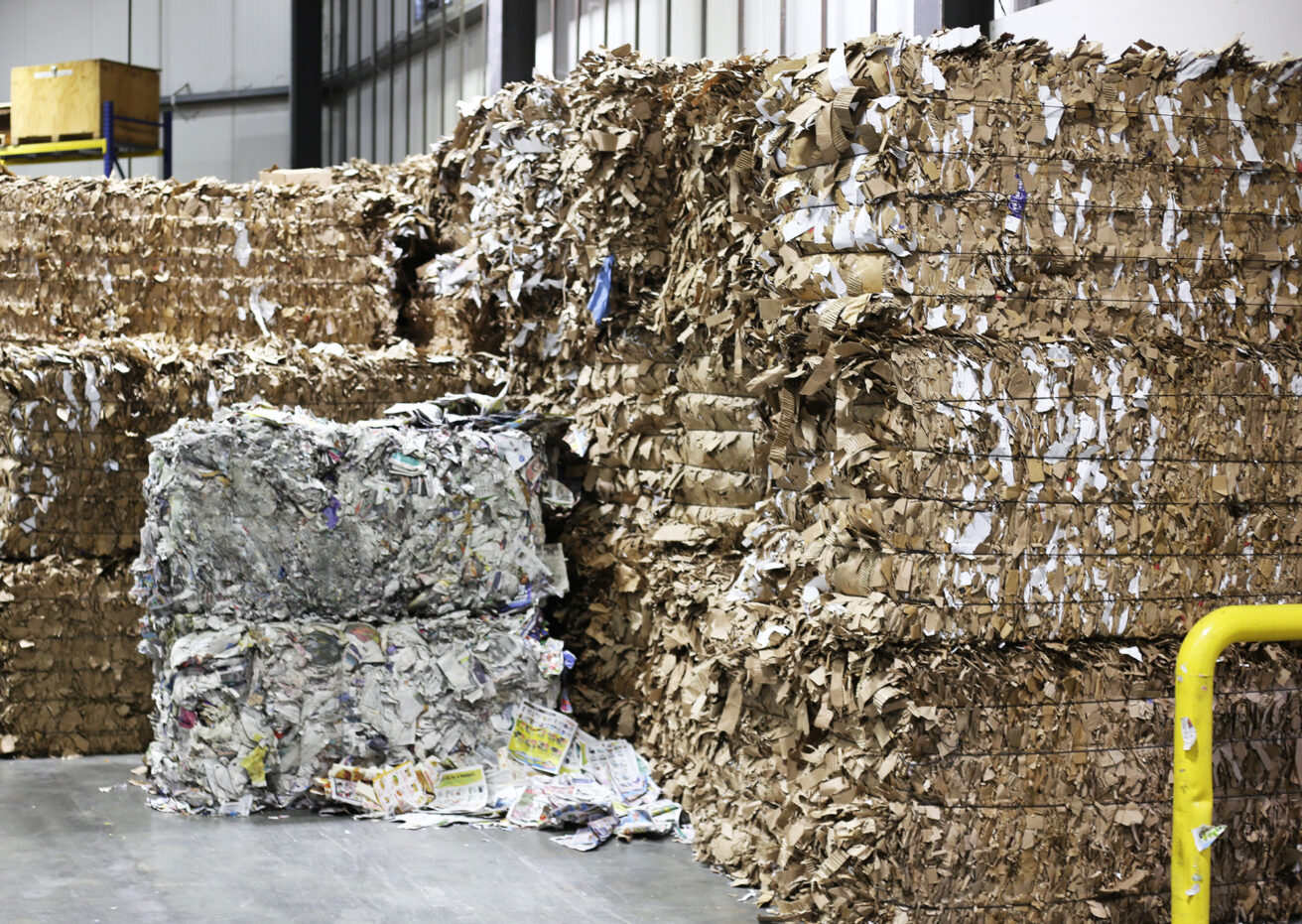
Optimizing your supply chain with efficient packaging choices can lead to various benefits, including reduced costs, minimized environmental impact, improved transportation efficiency, and enhanced customer satisfaction. Here are some strategies to consider when making packaging decisions for your supply chain:
- Right-sizing packaging: Choose packaging that is appropriately sized for your products, eliminating unnecessary space and reducing the overall volume and weight. This can lower shipping costs and decrease the amount of packaging material used. Modern consumers appreciate sustainable practices, so eliminating excess waste will help your brand, which brings us to our next strategy…
- Sustainable materials: Opt for eco-friendly packaging materials that are recyclable, biodegradable, or made from renewable resources. Recyclable materials can make your packaging easier to manage both for you and your customers. Paper mills like ours will collect your recycled corrugated to reprocess back into paper. Customers appreciate being able to easily recycle packaging without having to think twice about it.
- Protective packaging: Ensure that the packaging adequately protects the product during transportation to prevent damage and returns. This reduces the costs associated with replacing damaged items and improves customer satisfaction. Replacing or collecting damaged products will cost companies much more than using quality packaging in the first place. It also damages your reputation with consumers and reduces likelihood to have a repeat customer. Our packaging designers and ISTA testing lab can help you ensure your packaging is strong enough to provide ample protection.
- Standardization: Standardize your packaging materials and sizes wherever possible. This can streamline your supply chain, reduce inventory management complexity, and make it easier to optimize transportation and storage. Reducing the amount of SKUs you use makes the packing process much simpler. It also allows you to increase run size on your corrugated by which creates economies of scale and reduces cost.
- Collaborative packaging design: Collaborate with suppliers, manufacturers, and logistics partners to design packaging solutions that work efficiently throughout the supply chain. Consider the entire lifecycle of the package and its impact on handling, transportation, and disposal. UPS, Fedex and other common carriers use dim weight to put a price on shipments. If you use these it’s important to understand the relation between your packaging dimensions and product weight.
- Use automation: Utilize automated packaging systems to improve speed, accuracy, and consistency in the packaging process. Automation can optimize resource usage and reduce labor costs. Our design team is experienced at working with case erecting equipment to create packaging solutions that smoothly run through automated packaging systems.
- Optimize packaging density: Maximize the use of available space in shipping containers and pallets by carefully arranging products to minimize empty space. This practice increases the number of products shipped in a single load, reducing transportation costs. Packaging engineers use a program called TOPPS that allows them to find the optimal pallet orientation to fit the most product.
- Track and analyze data: Implement systems to track and analyze data related to packaging and shipping. Analyzing key performance indicators (KPIs) such as transportation costs, packaging waste, and customer feedback can provide insights into areas for further optimization.
By adopting efficient packaging choices and optimizing your supply chain, you can enhance your business’s sustainability, profitability, and overall competitiveness in the market. Remember that continuous improvement is essential, so regularly review and update your packaging strategies as your business evolves.
